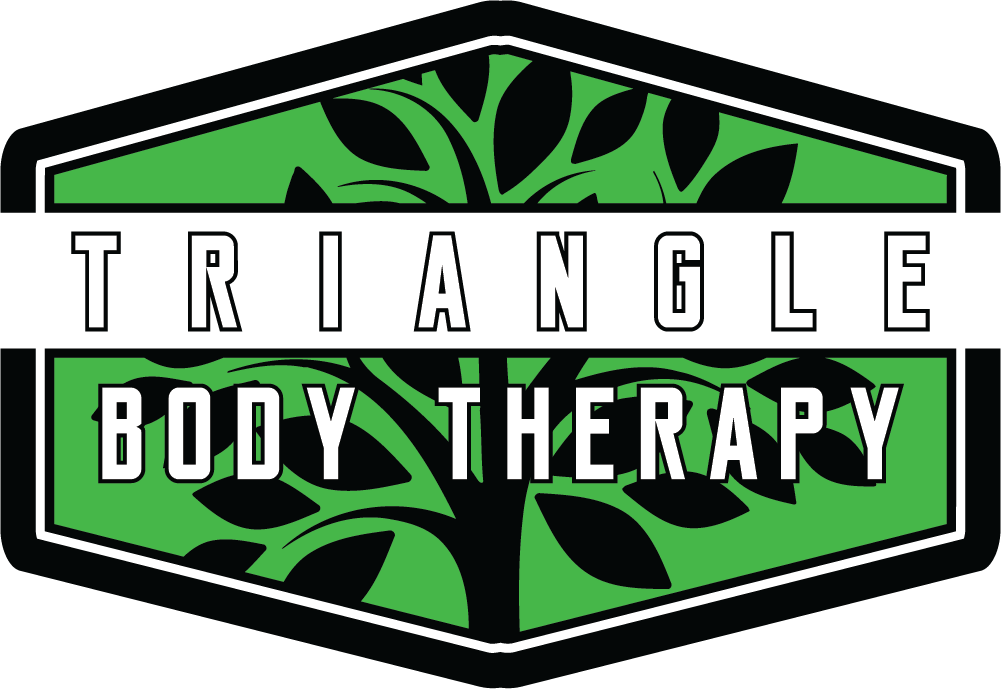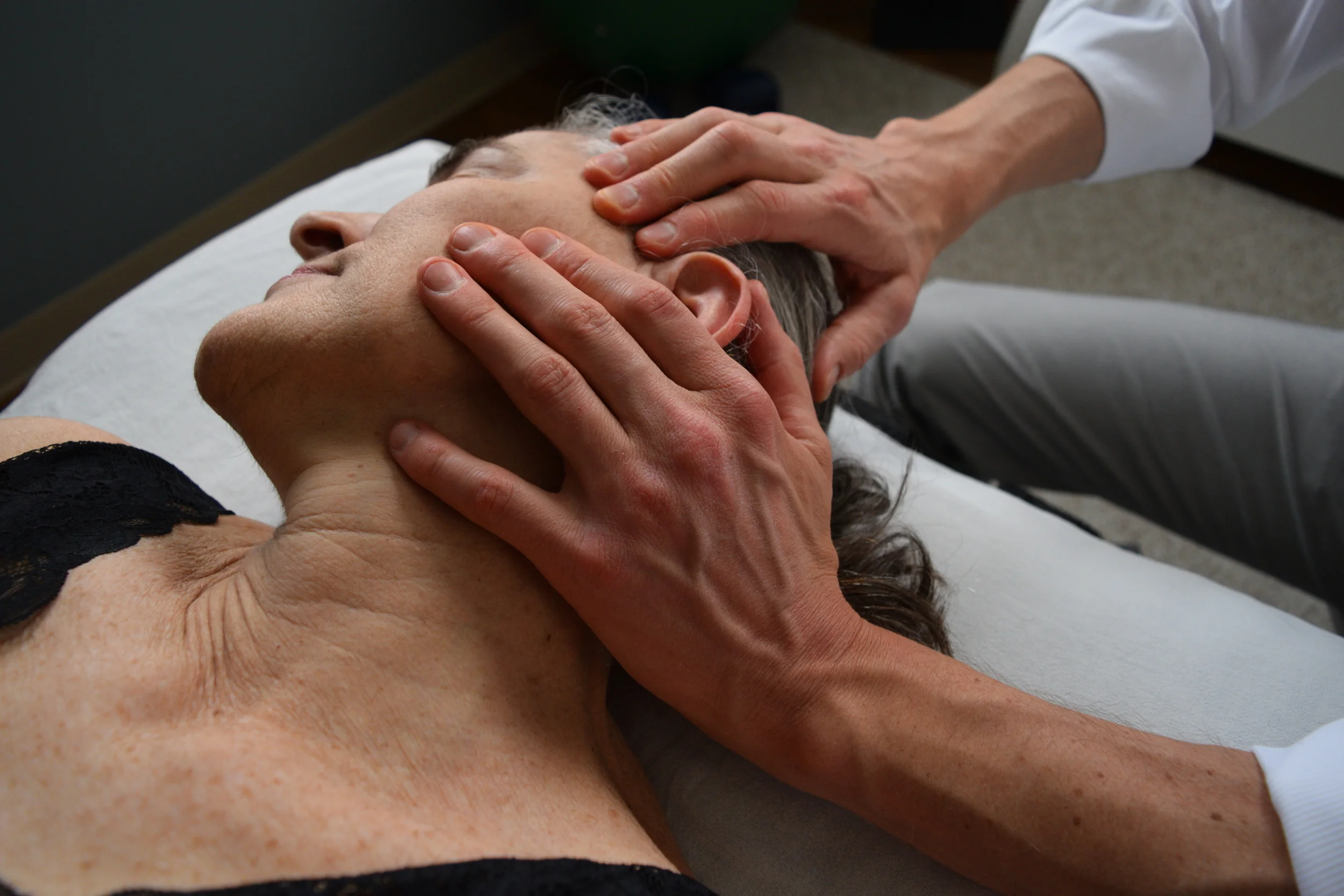It's suddenly Breast Cancer Awareness month again. Though every month is for me, because I frequently help breast cancer survivors. This is one of the most intriguing conditions to treat.
I consider Myofascial Release essential for breast cancer survivors, as lumpectomies, mastectomies, lymph node removal, radiation and breast reconstruction surgeries take huge tolls on the health of the connective tissue in and around the chest wall, into the arm pit, upper arm and beyond.
Fascial Problems after breast cancer surgery
The binding of adhered fascial tissue from breast cancer surgery often causes pain in the chest wall or less frequently down the side of the torso that can last for months or years, or come and go. Significant reductions in range of shoulder motion are also common.
Lymph node removal may cause tightness from the armpit down into the arm, sometimes all the way to the wrist. Usually this is referred to as "cording" or Axillary Web Syndrome. Cording typically involves coagulated lymphatic fluid stuck in fibrotic or fascially thickened lymphatic vessels. This combines with the broader fascial strain in the arm as a result of the surgery. The stiffened, tubular lymphatic vessels feel like webs or cords pulling in the arm, which limits range of motion.
Myofascial Release softens and elongates the strained tissue around the vessels and increases the pliability of the vessel walls themselves, which are held together by fascia. Fluid in the area flows more easily, and the affected areas typically become much healthier and more comfortable.
Fascial problems after breast reconstruction
New breast can be made out of all kinds of things these days: abdominal muscles, butt muscles, back muscles even leg muscles.
For decades, the TRAM flap procedure has been used for breast reconstruction. This surgery moves abdominal muscle and belly fat up into the chest to create new breasts. It's an incredible surgery that you can watch on YouTube if you've got a strong stomach. In addition to the mastectomy scarring, this procedure essentially comes with a tummy tuck. The abdominal fascia is sown down incredibly tightly after the tissue is removed. This surgery is waning in popularity because it comes with permanent abdominal weakness and increased risk of hernias and chronic pain. Myofascial Release can help reduce those risks.
Women who undergo mastectomy and opt for the lattisimus flap procedure for breast reconstruction have one of their back muscles cut and moved into the chest, which by contrast to the TRAM flap is small potatoes. This bodily reengineering also adds another scar to the mix from the cancer removal, however. This one can bind down into the ribs in the back causing pain and adds an additional dimension of myofascial restriction that over time can create a variety of problems in the shoulder girdle, especially tendonitis and bursitis. Myofascial Release helps reduce these risks too.
If you or someone you love has been affected by any of these common issues in the wake of surviving breast cancer, Myofascial Release can be of enormous benefit. MFR creates more freedom and ease of movement and improves the cellular health. For many it also has profound impacts emotionally. Please forward this post to someone in your life who could use this help.

